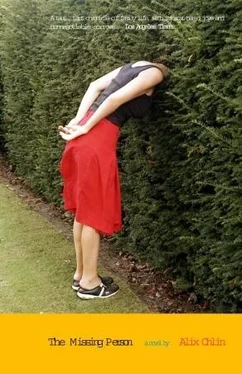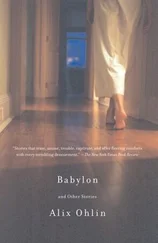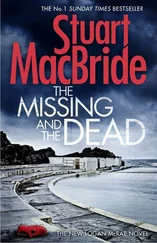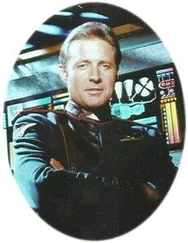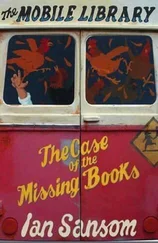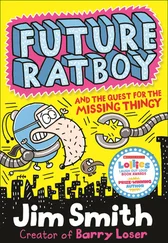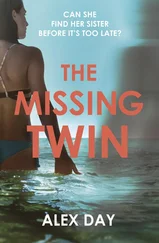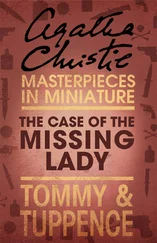Yet I didn’t want to stop. I pulled out an even larger, rectangular bin, in which something flat was wrapped in towels and, beneath them, brown paper. Inside were two small paintings that used to hang in the bedroom hallway of our old house in the Heights. Although I’d forgotten completely that they existed, seeing them now was like running into a childhood friend or an old teacher or relative. I recognized their colors and dimensions right away, without thinking, the way you recognize a person’s face.
They were oils, the paint thickly, even crudely applied. Studying them, I was almost surprised my parents had hung them in a house with young children; then again I’d never noticed the content, not until this moment. They were the same size, in matching brown frames. One showed a man and a woman seated across from each another at a dinner table. Both had straight dark hair, and both were naked, straight-backed, their postures less domestic than combative. The composition was awkward, perhaps purposefully so: the table was located on the right side, with nothing to balance it on the left, as if the pair of them were in motion, about to drift beyond the frame. Underneath the blue tablecloth, the woman’s legs stuck straight out and her feet reached the man’s knee; she might have been kicking or caressing him, it was impossible to tell. In the background was not a house but pink, unforested, hulking hills not unlike the ones around Albuquerque. I turned the painting over. Glued on the backing was a typed label: “Desert I (The Wilderness Kiss). 1978. By Eva Kent, rep. Harold Wallace.”
The other picture was more disturbing. The palette of the first was largely blue and green, with the mountains turning pink in the background. It was a pretty scene, however odd, in jeweled colors. This, on the other hand, was ugly, its palette awash with reds and oranges and browns, the paint slathered even more thickly, almost violently. Again it was a man and a woman, naked, this time in a reverse pietà: the woman lying on her back in the man’s lap, his hand touching her dark hair. This was clearly the same woman as in the other painting, but the man — though he, too, had dark hair — was different. His face was round-cheeked and cherubic, babylike, with a happy and wide-eyed expression. The woman, however, was miserable, her muscles tensed with fear, her scowling face turned away from him toward the viewer, as if she knew for a fact that he intended to harm her. Yet his arms weren’t restraining her. She just lay there, limp, with a slash of red at her throat. Due to the roughness of the execution, it was impossible to say what this red was meant to represent; it could have been blood, or clothing, or makeup, or merely some play of light and shadow. The title on the back was “Desert II (The Ball and Chain).” Again 1978, by Eva Kent, represented by Harold Wallace.
If there was one thing I supposedly knew about, it was work by women artists of the 1970s — at the very least, I’d seen a lot of it — but I’d never heard of Eva Kent. I leaned the paintings against the wall, on top of my mother’s bed, and gave them a hard look. This wasn’t garage-sale art or a housewife’s watercolors. Technically the work was impressive; not genius, maybe, but impressive. It seemed to have genuine authority, the force that gives you a shock of recognition and tells you that you’re looking at serious work.
Michael used to describe this feeling in sexual terms. The magic of attraction: just as you can feel a jolt of electricity when you look at a person, so you can feel a jolt of understanding when you look at art. Then again, he used to describe almost every feeling in sexual terms, at least with me, at least for a while. I thought of him now, the smell and hum of his office, his voice telling me to put out or get out. When my old roommate Suzanne found her minor surrealist, she became the golden child of the department. She discovered he had a brain tumor, wrote about the relationship between neuroscience and creativity, and suddenly his work was profoundly interesting to everybody. She curated a major exhibit of his work in Bern, and the show was traveling to New York next summer. I put everything else away and carried the paintings back to my room, leaning them against the dresser, one at each end, a strange couple of couples. Eva Kent, I thought, rolling the sound of her name over my tongue. Neglected Artist, New Mexico Native, Lost Icon. If there was one thing I used to be good at, it was giving Michael what he wanted.
Wylie as a kid was chubby and pale, with a shock of fine dark hair that was always falling in front of his eyes. One day, I remember, we were playing together in the front yard. Maybe we were six and four; it was before my mother went back to work. Wylie and I had just learned about April Fools’ Day and were smitten by the prospect of pulling our own hilarious pranks, so I told him to lie down in the dirt and stay very, very still. I ran inside yelling my head off that Wylie was hurt. Our mother was in the kitchen drying dishes, and she threw her towel down and raced outside toward his small prone body.
But Wylie was too excited to wait, so he stood up and started jumping up and down. “It’s a joke, Mom!” he shrieked. “April Fools’ Day!”
She stopped in the driveway with her hands still reaching out toward him, then slowly let them drop. Her green dress had a full skirt, and with her apron on she looked like a pioneer woman confronting some early, primitive danger to her family. A hot and sickening feeling advanced from my stomach to the back of my throat. When she shook her head and went back inside, Wylie turned to me for explanation. “Why wasn’t it funny?” he said.
That afternoon in my mother’s condo I made myself a drink and sat in the cool living room, the glass sweating in my hand. I had no idea where Wylie was, or how to find him, and I felt tired and homesick for Brooklyn, my apartment, the psychic, those weird sickly kittens in the pet-store window. Michael stopping by late at night. When I first moved to New York for grad school, I had the sense that everyone there belonged to a club I’d always wanted to join, and Michael was inside the velvet ropes. People spoke to him at openings, with one or two others standing a few feet away, hoping to be invited into the conversation. Even sauntering across campus he was a star. Late at night, in some bar in TriBeCa, artists would sit at our table, drinking and laughing, and when Michael laughed at them, at some bald categorical statement or self-promotional ploy, they didn’t seem to mind. I loved it when he talked about their work with me in private, evaluating its place in the river of art history that flowed cleanly through his mind. And I loved hearing him lecture in class; even now, my memories of the seminar room, the drone of the projector, his voice the soundtrack to every slide, were both drowsy and erotic.
Growing up, I’d gone to the art museum in Albuquerque all the time. I’d take the bus there after school and spend the late afternoon wandering through its deserted exhibits and historical dioramas, its paintings of local scenes by local artists. The art wasn’t very good, but I didn’t care. The lights were always dim and the air conditioning pumped on and off, regular and rhythmic. It was peaceful, the hush and stillness of it, the suspension of life outside. Sometimes it seemed that the main reason I decided to study art history was to gain the license to wander quietly through rooms, looking at pictures on the walls. Maybe not the best reason, but there it is.
It was Michael who made me think that this impulse was significant. Who wouldn’t want a person like that to fasten his eyes on you, to compliment your work, to tell you your ideas were interesting and your eye for art acute? Which is exactly what happened, and how all the flirting began. Then, in a swell of urgency after my father died, I threw myself at Michael, and he caught me; we went from flirting to fixture. Out on the town on his arm, I was recognized as his current “companion” and knew it. Can an experience feel degrading and like an honor at the same time? Yes, of course it can. And the fact that I suspected I would be discarded eventually, that perhaps I’d even chosen him for this very reason, didn’t make me feel better when it came to pass.
Читать дальше
